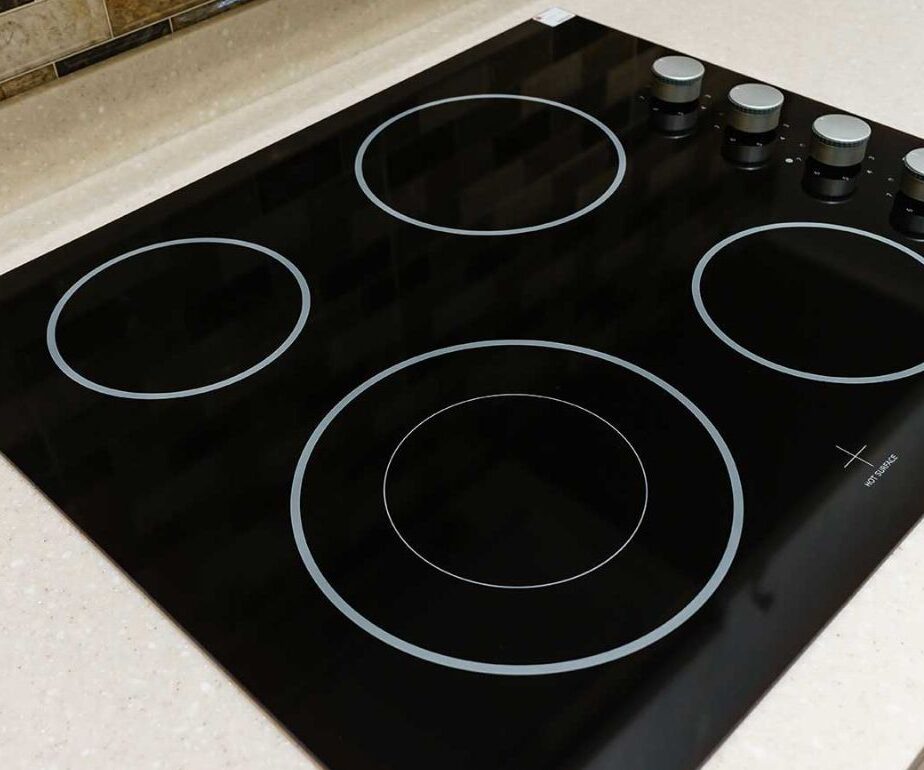Introduction: Many home cooks accidentally make pasta the wrong way—either using too little water, skipping the salt, or overcooking it. Learning the correct method transforms taste, texture, and overall cooking confidence, making meals more enjoyable and consistent.
Origin and Cultural Significance: Pasta has roots in Italian cuisine, where traditions emphasize water-to-pasta ratio, timing, and seasoning. Italians see pasta preparation as both culinary craft and heritage, and mastering it honors generations of passed-down techniques.
Ingredients Quantity:
• 8 oz (225 g) dried pasta
• 4–5 quarts (3.7–4.7 L) water
• 1–1.5 tbsp salt
• Optional: 1–2 tbsp olive oil (if desired after cooking)
Optional Additions:
• Fresh herbs like parsley or basil
• A splash of pasta water for sauce binding
• Olive oil or butter after draining
• Parmesan or Romano cheese
• Crushed red pepper or garlic
Tips for Success:
Use plenty of water to prevent sticking. Salt the water generously—this seasons the pasta from the inside out. Stir during the first minute to avoid clumping. Taste for doneness rather than relying only on timing. Reserve a bit of cooking water before draining.
Instructions:
- Bring a large pot of water to a rolling boil.
- Add salt once the water boils.
- Add pasta and stir briefly.
- Cook following package directions, tasting around the minimum time.
- Reserve ¼ cup pasta water if adding sauce.
- Drain but do not rinse (unless cooling for salads).
- Toss with sauce, oil, or desired seasonings and serve.
Description: Properly cooked pasta has a firm yet tender bite (al dente) and absorbs sauces easily. The noodles are separate, flavorful, and not gummy or waterlogged, creating a balanced texture and satisfying taste.
Nutritional Information (per 2 oz/56 g dry pasta serving, cooked):
Calories: 190–210 • Carbohydrates: 38–42g • Protein: 7–8g • Fat: 1–2g • Fiber: 2g • Sodium: varies by salted water
Conclusion and Recommendation: Mastering basic pasta technique enhances countless meals and avoids common cooking mistakes. Whether used in soups, casseroles, or classic sauced dishes, the right method ensures consistent quality and better flavor every time.
Embracing Healthful Indulgence: Choose whole-grain or protein-enriched pasta for added nutrition, and control portion size while enjoying flavorful sauces. Pair with vegetables or lean proteins to keep the dish satisfying without excess calories.
